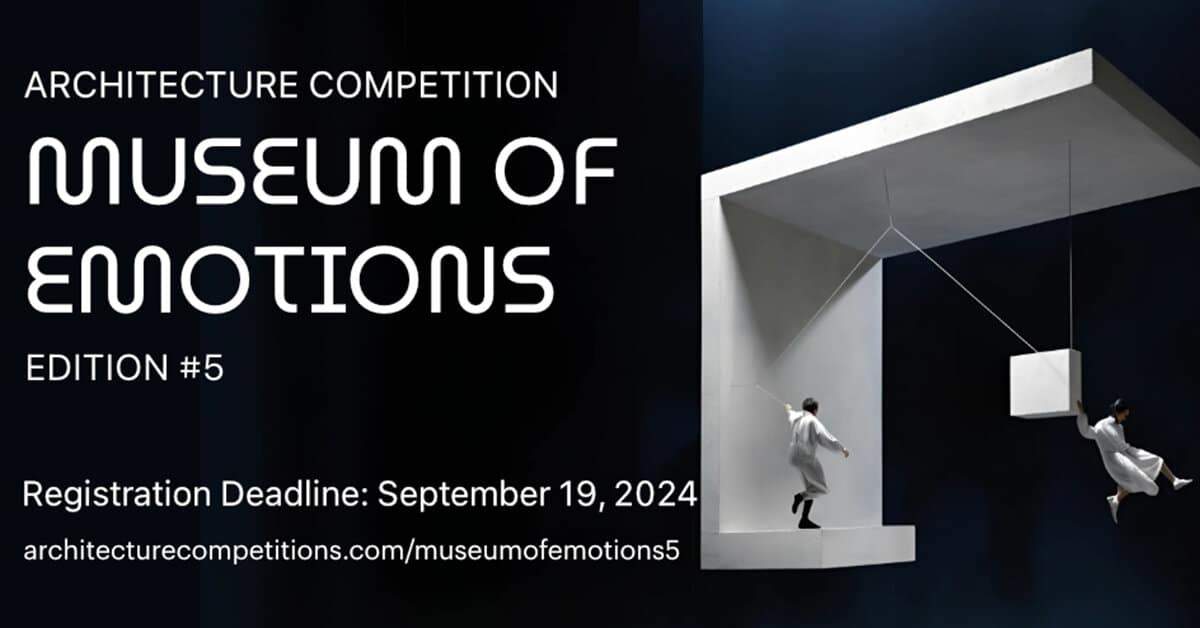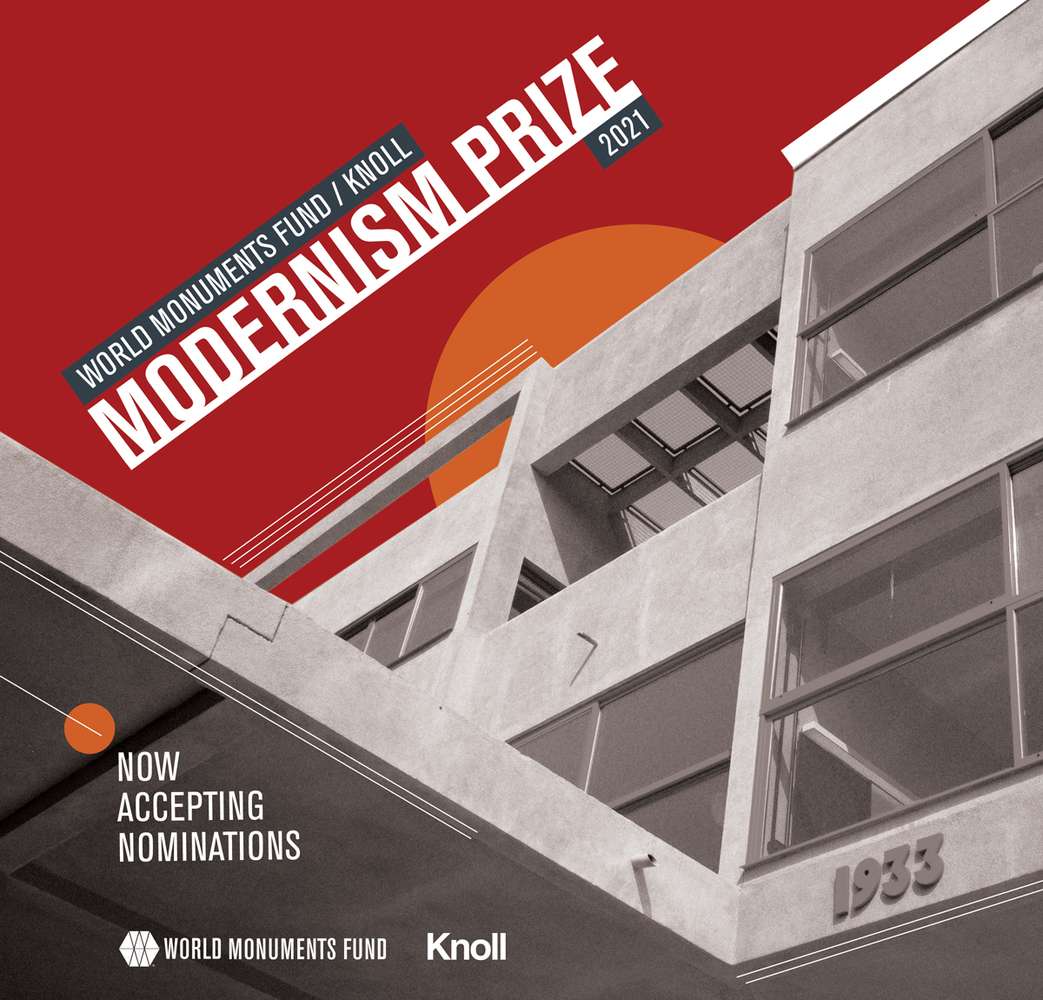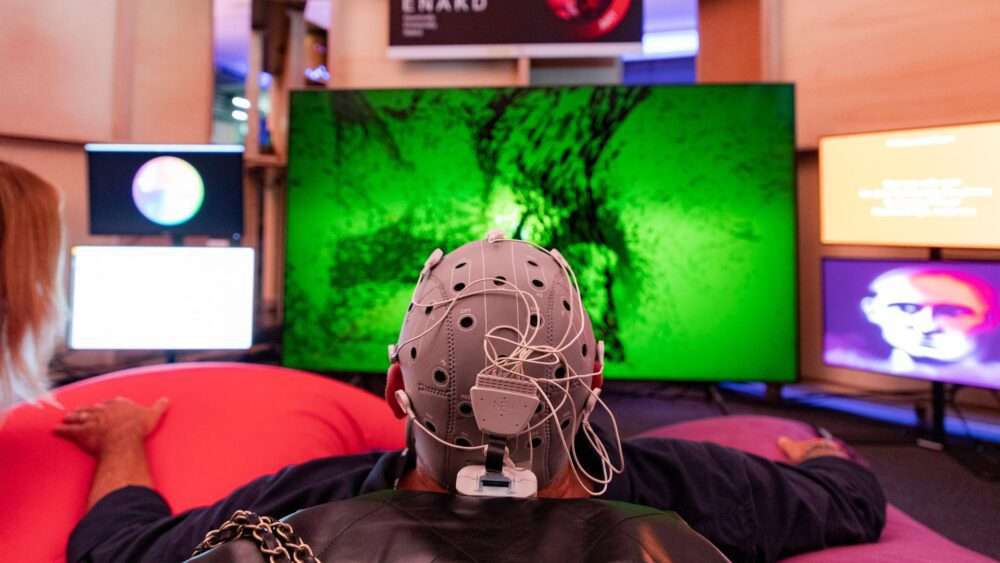It may not be your first instinct when entering a building to consider how it makes you feel, but architecture has always had a big impact on emotions. Different spaces are designed to make their inhabitants feel different things; offices can make you feel energized and productive, art galleries can make you feel thoughtful and curious, and museums can make you feel calm and intrigued. Each of these spaces is completely different from the others and is far more than just a building.
As part of a series of annual architecture competitions, the Museum of Emotions competition is tasking participants with using architecture as a tool to bring out different emotions. They are being asked to design a museum that includes two separate halls that bring out contrasting emotions—one inducing negative emotions, and the other inducing positive emotions.
Participants are free to choose the specific emotions they incite with their designs—fear, anger, anxiety, love, happiness, laughter, etc. The purpose of the Museum of Emotions is to use architecture as the primary tool to create emotional states, through consideration of the scales of the spaces, the journey through the space, colour, lighting, and material choice.
As this is an ideas competition, participants are free to choose any site location, real or imaginary, as well as the size of their structure.
Museum of Emotions / Edition #5 is one of Buildner’s silent competitions, in which participants must communicate their ideas without the use of any text. The design concept and thinking behind it must all be communicated solely through the use of visuals.
PRIZES
3 winning proposals, a Student award, and 6 honourable mentions will be selected. Buildner will award a total of 7,000 € in prize money to competition winners as follows:
- 1st Prize – 3,500 €
- 2nd Prize – 1,500 €
- 3rd Prize – 1,000 €
- Buildner Student Award – 1,000 €
- 6 Honourable Mentions
For architects and designers, this competition offers a unique opportunity to explore the emotional impact of their work and push the boundaries of how spaces can influence human experience.
Finally, find out more on ArchUp:
HOK unveils Major League Soccer’s first fully electric stadium







